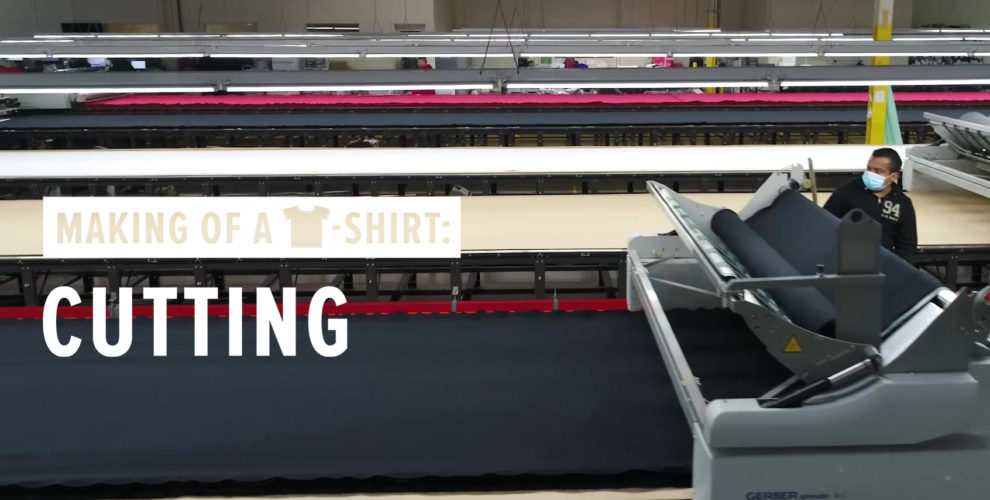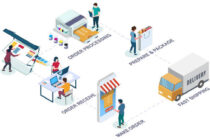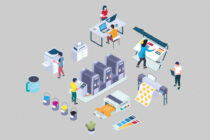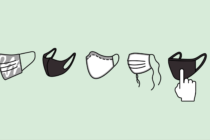Summary
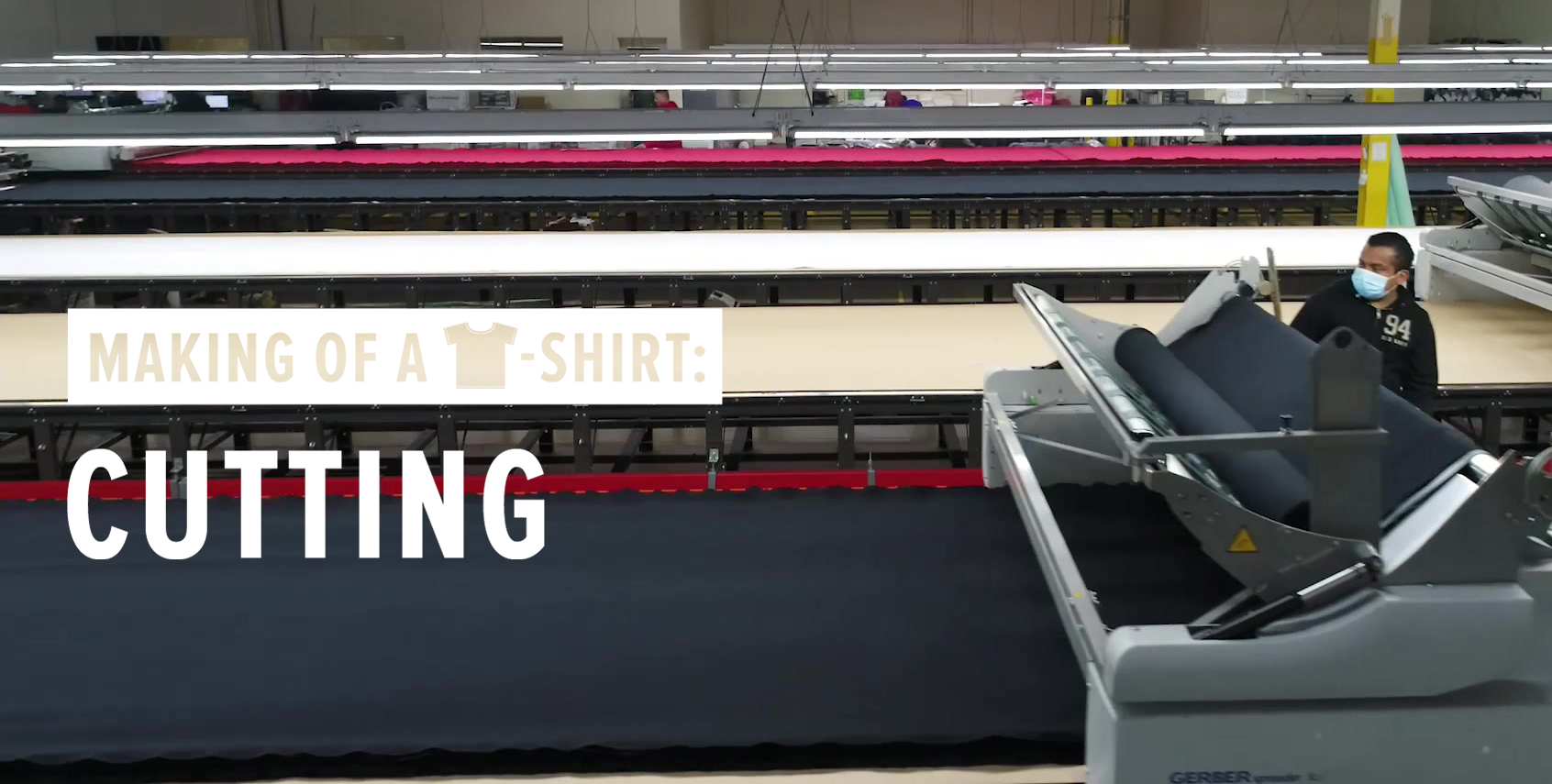
Article Name
Making of a Tee: Inside BELLA+CANVAS’ T-shirt Cutting Process
DescriptionThis post will go into T-shirt cutting. It’s the next, very important, stage in our USA-strong manufacturing process that we want to share with you.
Author
BELLA+CANVAS
Publisher Name
BELLA+CANVAS
Publisher Logo

